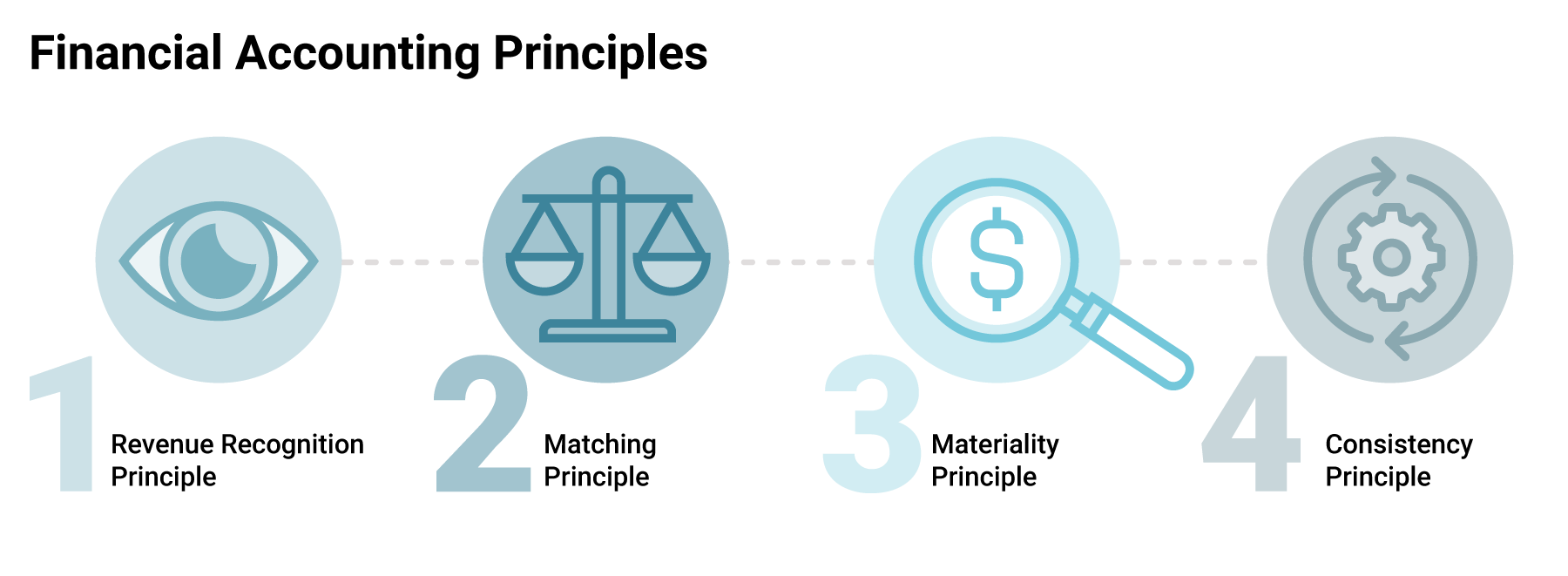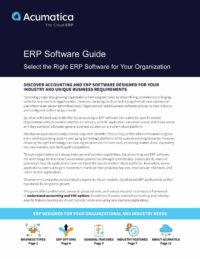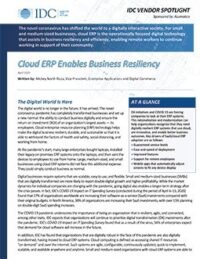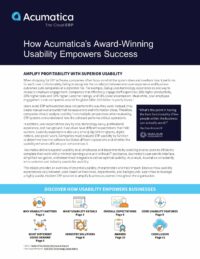Understanding Financial Accounting
In the business world, accounting—the management of an organization’s daily financial transactions—is fundamental for tracking revenue and expenses, paying bills, managing cash flow data, remaining compliant with regulatory requirements, and more.
According to Investopedia, financial accounting is a subsection of accounting that focuses on recording, summarizing, and reporting on business transactions over a specified time frame to create financial statements (e.g., balance sheets and income and cash flow statements) for external parties (e.g., lenders, creditors, auditors, managers, and shareholders).
While every company is subject to accounting practice rules, these rules vary according to company type. For example, in the US, publicly traded companies are required to follow Generally Accepted Accounting Principles (GAAP), which are standards set by the Financial Accounting Standards Board (FASB). Companies outside the US—and US companies with international operations—follow International Financial Reporting Standards (IFRS), and there are separate regulations for governmental entities, nonprofits, and other industry segments.
This article delves deeper into financial accounting principles and applications.
Principles of Financial Accounting
Though requirements vary widely, many companies adhere to four basic financial accounting principles:
- Revenue Recognition Principle: This principle focuses on cash vs. accrual accounting. It requires companies to recognize revenue on their income statements, not when they receive payment (cash accounting), but after the revenue is actually earned (accrual accounting). This means revenue is recognized only when a service has been fully completed or when a product is in a customer’s possession.
- Matching Principle: This principle requires companies to report expenses at the same time as the related revenue. The Corporate Finance Institute puts it this way:
“Imagine that a company pays its employees an annual bonus for their work during the fiscal year. The policy is to pay 5% of revenues generated over the year, which is paid out in February of the following year.
In 2018, the company generated revenues of $100 million and thus will pay its employees a bonus of $5 million in February 2019. Even though the bonus is not paid until the following year, the matching principle stipulates that the expense should be recorded on the 2018 income statement as an expense of $5 million.”
In other words, expenses must be reported at the same time as the revenues from which they will be deducted.

- Materiality Principle: This principle looks at the relevance and significance of information in financial reporting. If a piece of information is considered “immaterial” for financial decision-making, then it can be omitted. Immateriality is a subjective concept often dependent on company size and transaction type. Harvard Business School Online provides a good example of this: loss compared to net income.
“Imagine that a manufacturing company’s warehouse floods, and $20,000 in merchandise is destroyed. If the company’s net income is $50 million a year, then the $20,000 loss is immaterial and can be left off its income statement. On the other hand, if the company’s net income is only $40,000, that would be a 50 percent loss. In this case, the loss is material, so it’s crucial that the company makes the information known to its investors and other financial statement users.”
- Consistency Principle: This principle states that a business should maintain the same accounting methods across time, so its financial statements can be used to see trends, draw meaningful conclusions, and make solid decisions. If the business switches its accounting method, documentation explaining the reasons behind, and effects of the change must be included with the financial statements.
Following these principles helps businesses create accurate financial reports, improving their overall performance and success.
 Canada (English)
Canada (English)
 Colombia
Colombia
 Caribbean and Puerto Rico
Caribbean and Puerto Rico
 Ecuador
Ecuador
 India
India
 Indonesia
Indonesia
 Ireland
Ireland
 Malaysia
Malaysia
 Mexico
Mexico
 Panama
Panama
 Peru
Peru
 Philippines
Philippines
 Singapore
Singapore
 South Africa
South Africa
 Sri Lanka
Sri Lanka
 Thailand
Thailand
 United Kingdom
United Kingdom
 United States
United States



